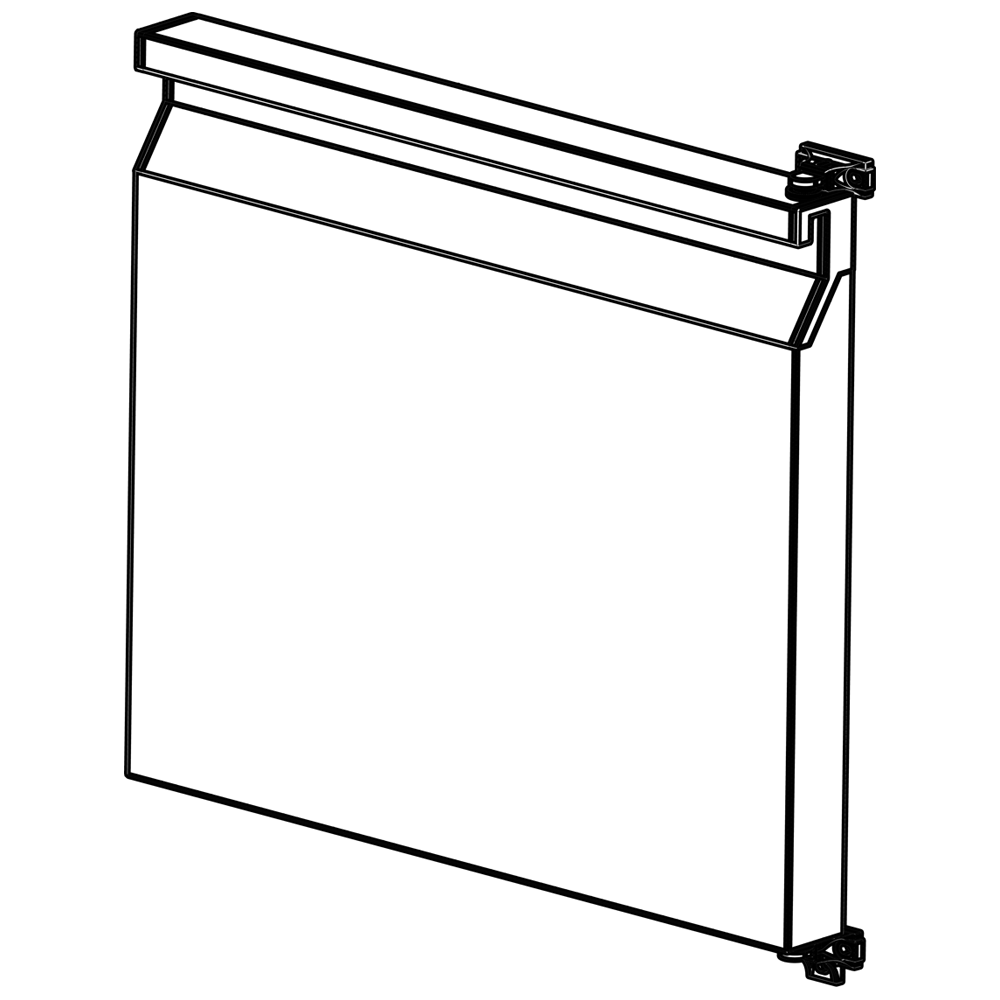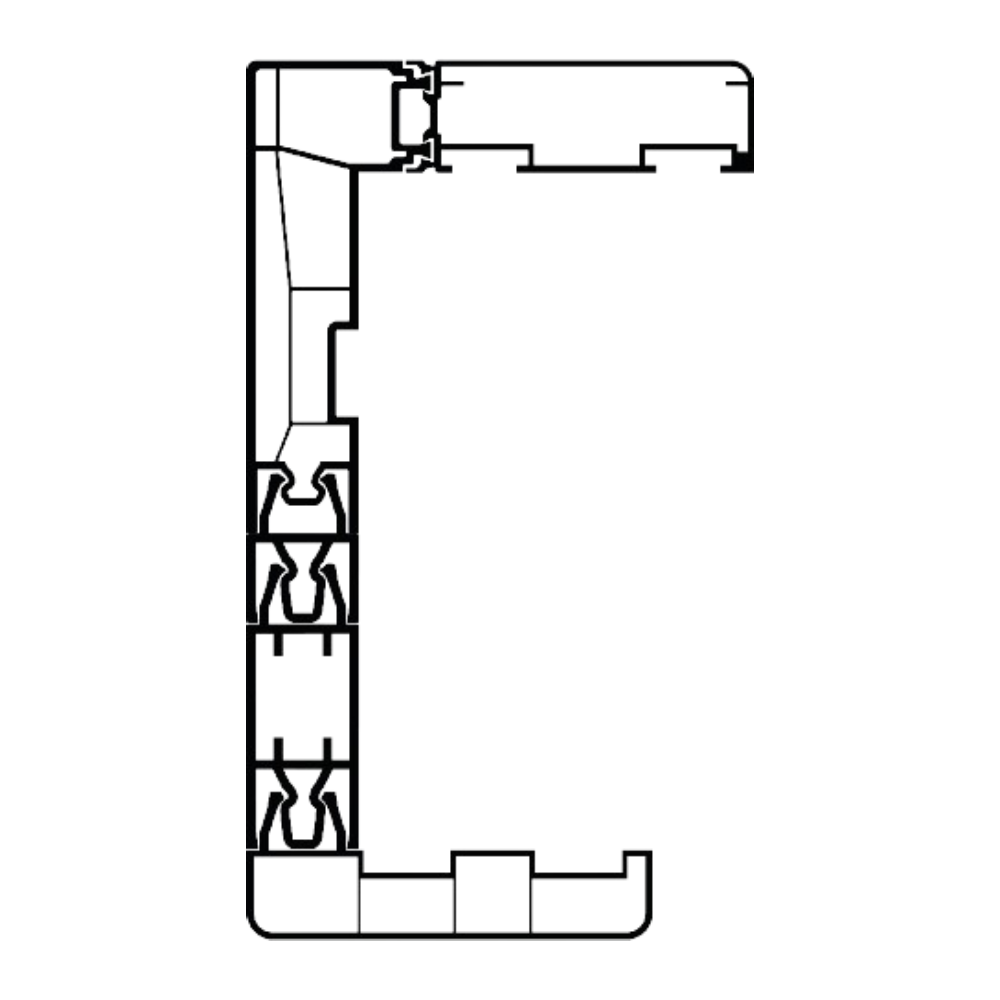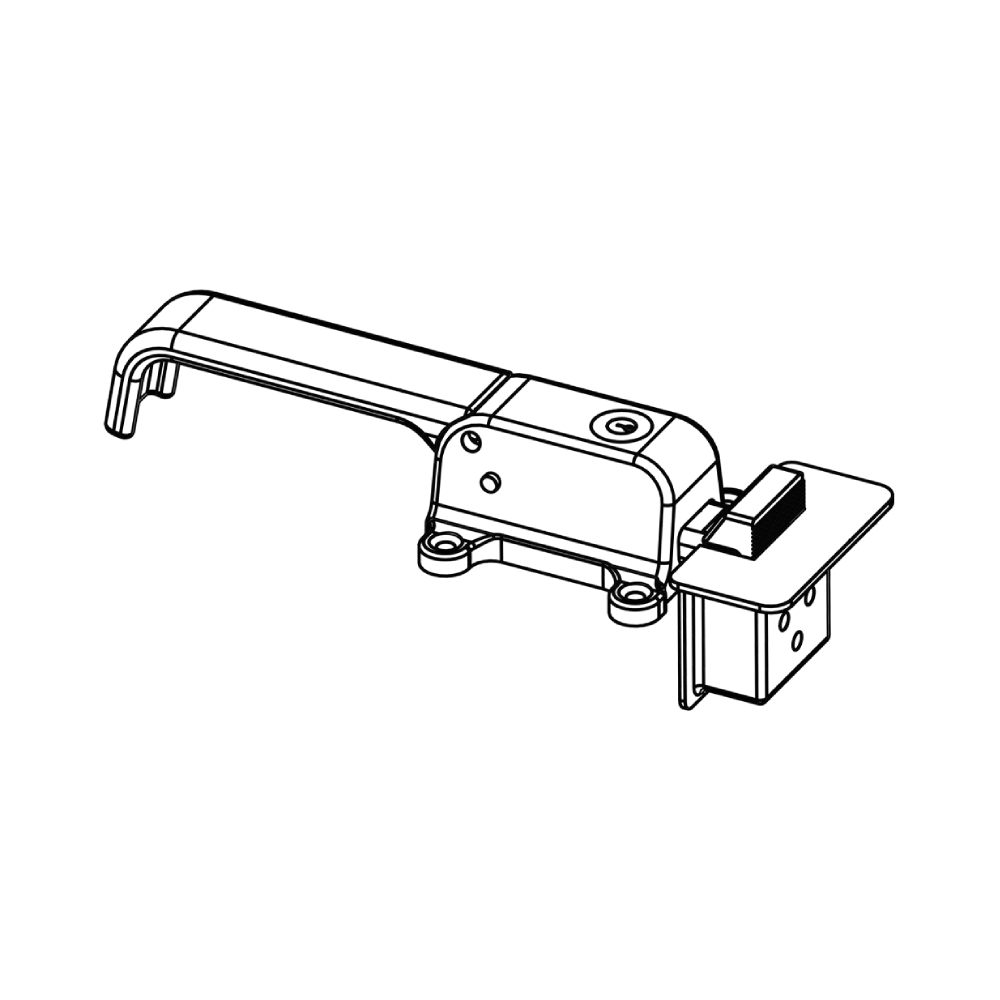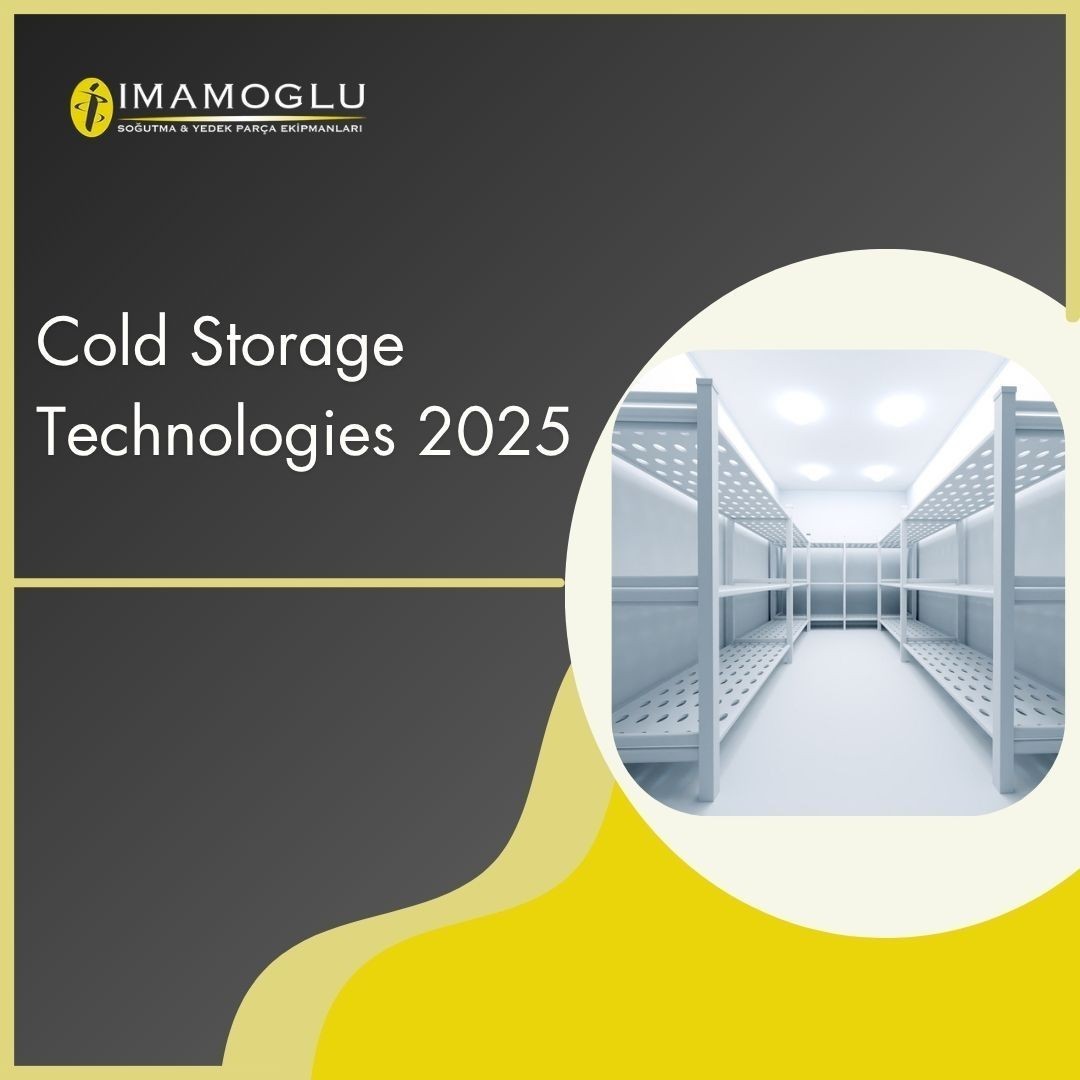Cold Storage Technologies 2025
Table of Contents
- What Innovations Stand Out in Cold Storage Technologies in 2025?
- How Do Next-Generation Cold Storages Increase Energy Efficiency?
- How Widespread Are Automation Systems in Cold Storages in 2025?
- How Have Cold Storages Been Improved for Food Safety in 2025?
- Which Cold Storages Operate with the Lowest Energy Consumption in 2025?
- How Is Artificial Intelligence-Based Temperature Control Used in Cold Storages?
- How Have Cold Storage Insulation Materials Changed in 2025?
What Innovations Stand Out in Cold Storage Technologies in 2025?
2025 stands out as a period where digitalization and energy efficiency take center stage in cold storage technologies. Temperature and humidity control are now managed instantly and precisely with automation systems, rather than manual interventions, extending product shelf life while saving energy.
Remote monitoring systems allow users to track indoor conditions via mobile devices. These technologies enable rapid responses to sudden temperature changes, particularly protecting sensitive products like food and pharmaceuticals.
High-insulation panel systems and eco-friendly refrigerant gases are among the notable innovations. The automation of in-storage transportation and shelving systems also accelerates operational processes.
All these advancements are offered to users through solutions developed by İmamoğlu Soğutma.
How Do Next-Generation Cold Storages Increase Energy Efficiency?
Next-generation cold storages significantly enhance energy efficiency through advanced technological systems. These systems use highly insulated panel structures to minimize heat loss, reducing contact with the external environment and maintaining stable internal temperatures, thus lowering energy consumption.
Automation-supported temperature control systems provide only the necessary cooling, preventing unnecessary energy expenditure. These systems monitor parameters like temperature, humidity, and pressure in real time, making data-driven interventions. Additionally, smart compressor technologies operate based on system load, delivering higher performance with less energy.
The use of LED lighting systems is another key factor in reducing energy consumption within cold storages. Timed and sensor-based lighting solutions further prevent unnecessary electricity use.
All these technological approaches are successfully implemented in next-generation cold storage projects developed by İmamoğlu Soğutma, reducing business costs and supporting environmental sustainability.
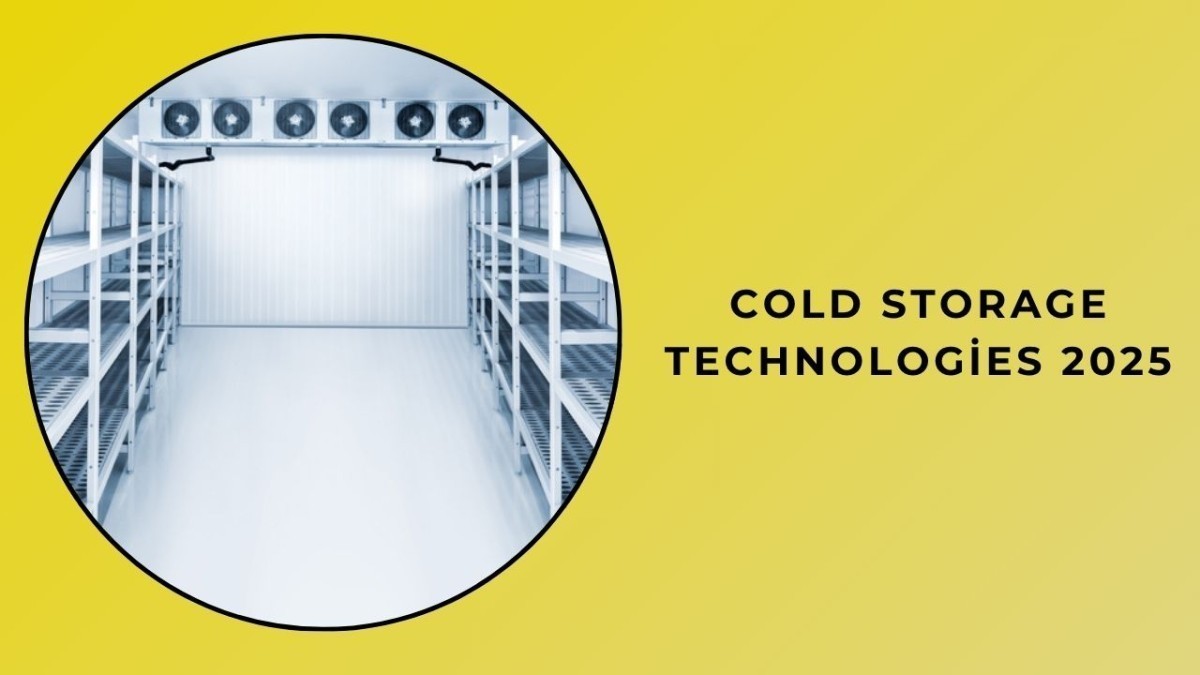
How Widespread Are Automation Systems in Cold Storages in 2025?
In 2025, the use of automation systems in cold storages has become significantly widespread. Data such as temperature, humidity, and door-opening frequency are now monitored in real time via sensors, with systems responding automatically to this data, ensuring product preservation and minimizing energy losses.
Automated shelving systems, transportation solutions, and remote management technologies enable faster, more organized, and secure operations within storages. These systems, which operate without manual intervention, reduce error rates and reliance on labor.
İmamoğlu Soğutma prioritizes automation in cold storage projects tailored to 2025 technologies. All control and monitoring processes are managed through centralized software, with automatic alert systems for emergencies, providing businesses with uninterrupted control.
The widespread adoption of automation has become a critical step in supporting both efficiency and sustainability, positioning it at the core of cold storage management.
How Have Cold Storages Been Improved for Food Safety in 2025?
In 2025, food safety has reached a higher level thanks to advancements in cold storage technologies. Enhanced precision in temperature and humidity control ensures products are stored without spoilage or microbial risks. Next-generation sensor systems monitor environmental conditions in real time, automatically addressing any deviations to eliminate risks.
Air circulation within cold storages is designed to provide uniform cooling, ensuring all areas, particularly for food products, are equally protected. Additionally, heat loss from door openings is minimized with smart door systems. These technologies extend the shelf life of food while enhancing hygiene standards.
İmamoğlu Soğutma offers solutions compliant with 2025’s food safety standards, ensuring maximum protection during storage. The systems used fully comply with local and international food safety standards, creating a reliable cold chain for both producers and consumers.
Which Cold Storages Operate with the Lowest Energy Consumption in 2025?
In 2025, cold storages with the lowest energy consumption stand out due to advanced insulation technologies and smart control systems. High-density panel structures minimize heat loss, allowing internal temperatures to remain stable for longer, reducing system runtime and energy use.
Variable-speed compressors operate only at the required cooling level, preventing unnecessary electricity consumption. Similarly, sensor-supported automation systems monitor environmental conditions in real time, ensuring efficient system operation. Motion-sensor LED lighting solutions are also preferred, further reducing unnecessary energy use.
İmamoğlu Soğutma integrates all these energy-saving systems into its 2025-compliant cold storage projects. The equipment is designed for low consumption, significantly reducing long-term operating costs. These energy-efficient structures offer significant advantages in terms of environmental sensitivity and economic sustainability.
How Is Artificial Intelligence-Based Temperature Control Used in Cold Storages?
Artificial intelligence-based temperature control systems have gained significant prominence in cold storage technologies by 2025. These systems analyze temperature changes in real time and automatically determine the optimal cooling level based on environmental conditions, ensuring both energy savings and ideal storage conditions for products.
AI evaluates not only current conditions but also historical data to predict potential risks. For example, it analyzes factors like door-opening frequency, external temperature, or load volume to optimize system operation, enhancing product quality and preventing system failures.
İmamoğlu Soğutma integrates AI-supported temperature control technologies into its projects, creating smart management processes for cold storages. These systems maintain stable temperature balance without human intervention, offering businesses significant advantages in efficiency and safety. AI has become an indispensable part of cold storage management.
How Have Cold Storage Insulation Materials Changed in 2025?
By 2025, cold storage insulation materials have undergone significant evolution in terms of thermal insulation performance and environmental impact. Traditional materials have been replaced by structures with higher density and lower thermal conductivity, enabling internal temperatures to remain stable for longer, thus reducing energy consumption.
Next-generation insulation panels are equipped with special connection systems that prevent thermal bridging, minimizing heat loss and reducing system workload. Additionally, fire-resistant and environmentally friendly materials are increasingly preferred.
İmamoğlu Soğutma maximizes efficiency in its 2025-compliant cold storage projects with advanced insulation solutions. The panels used provide high sealing, offering complete protection against external factors. These new insulation technologies enhance product safety while significantly reducing business energy costs.



